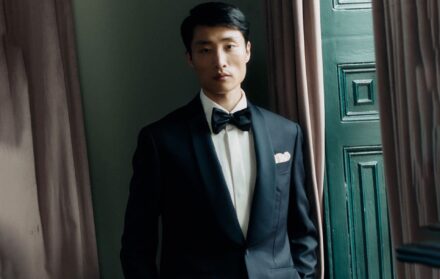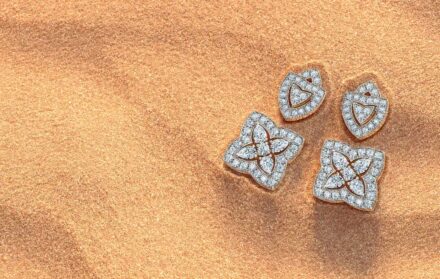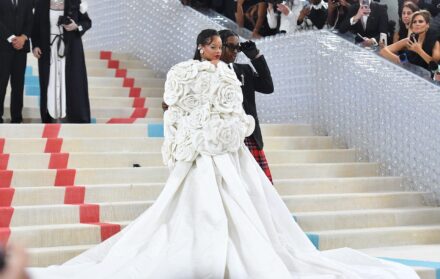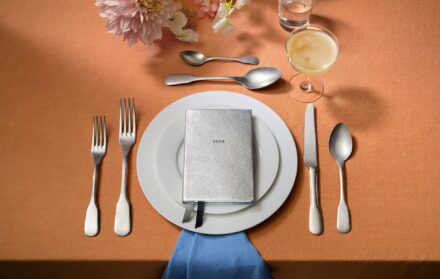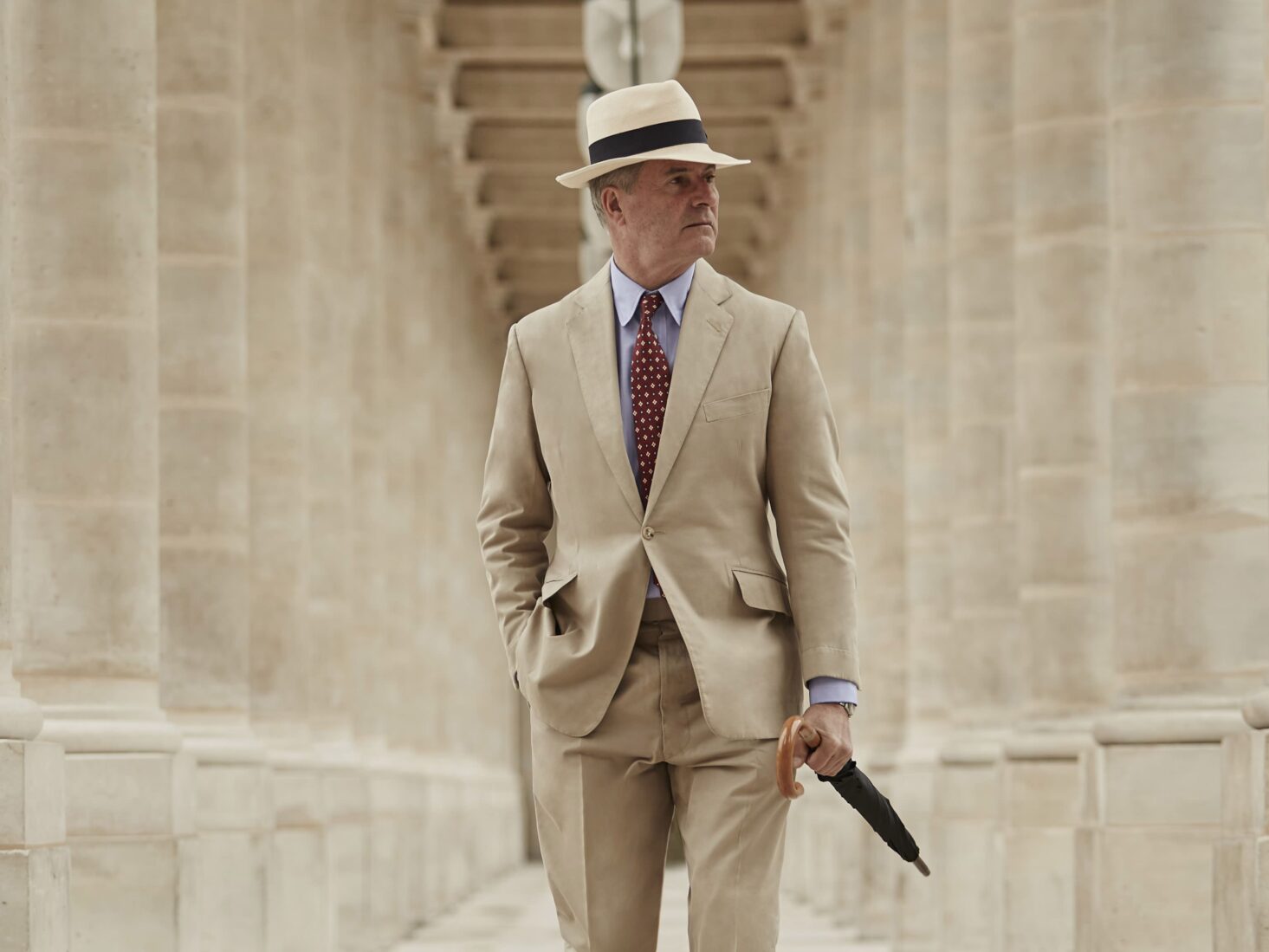
Jeremy Hackett: Meet the man behind the famed Savile Row tailor
As the sharp-suited entrepreneur-designer turns 70, his eponymous brand celebrates its 40th birthday and continues to resonate with men across the world
Jeremy Hackett had his first bespoke suit made for his first Holy Communion. Despite being only seven years old, he can recall asking for a ticket pocket to be sewn into his jacket to match the one he’d noticed on the suit of the tailor measuring him up. “I still have a ticket pocket sewn into all of my suits for that very reason,” says the Bristol-born entrepreneur-fashion-designer. He also managed to convince his parents that the heavy, grey worsted wool they’d chosen for the service wasn’t the way to go. “In the end, I went for a grey Donegal tweed,” says Hackett. “What can I say? I was a very precocious child.”
How time has flown. This year, not only did Hackett the man turn 70, but the company he co-created with his business partner, Ashley Lloyd-Jennings, turned 40. Hackett the company is marking the occasion with a ‘1983’ capsule collection, as well as with the creation of a special tweed cloth, some snazzy argyle sweaters and the return of some uniquely British plus-fours.
Hackett the man, meanwhile, says he’s still riding high from the 2019 launch of J.P. Hackett, a four-storey, made-to-measure and bespoke Savile Row store that returned the brand to its tailoring-oriented origins. Today, Hackett operates in more than 150 stores around the world, counting Aston Martin, the Henley Royal Regatta, Williams Racing and the British Army Polo team among the institutions with which it’s collaborated. It’s a far cry from the founding partner’s humble beginnings – buying and selling second-hand suits from a stall on Portobello Road to a generation of men who might have had Savile Row in their blood, but didn’t quite have Savile Row money in their pockets.
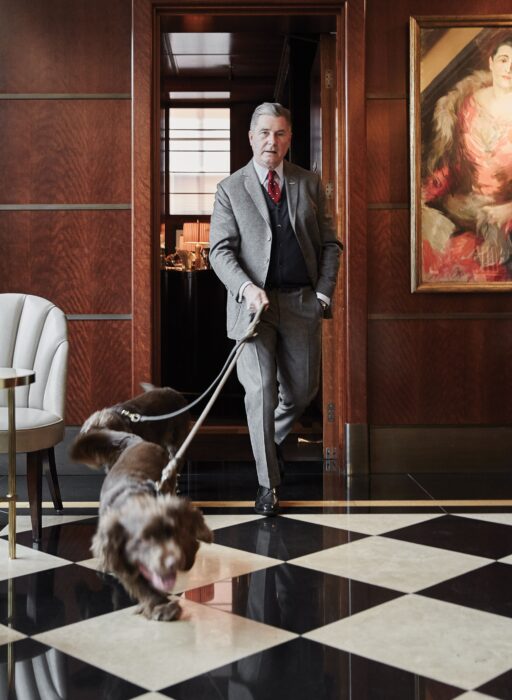
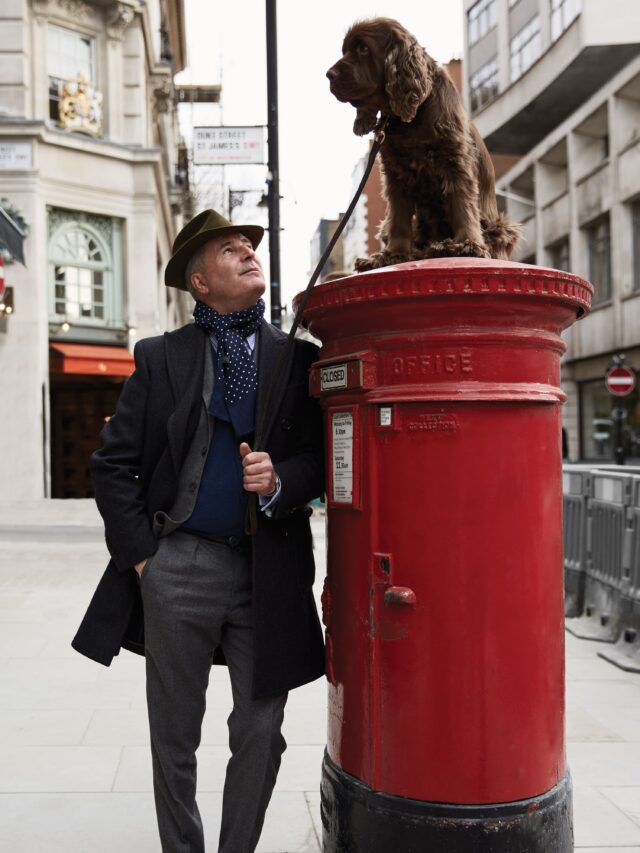
“We went through a lot of dead men’s wardrobes,” laughs Hackett. “We’d get old ladies coming to tell us that their husbands had died and asking if we could clean out their closets. But we weren’t really selling ‘vintage’ as fashion then, not as it’s widely sold now, anyway. We were selling to young City guys who saw more sense in buying a good-quality second-hand suit than buying a new one for the same price from a high street retailer like Marks & Spencer.”
Demand soon started to outstrip supply. So – “with no business plan, no marketing plan and no money” – Hackett and Lloyd-Jennings began manufacturing their own suits. “It could have gone badly wrong,” says Hackett. “To our surprise, it all took off very quickly. Not long after we got going, I went to a market where there was this rail of tweed jackets. Among them I spotted a Hackett. It was much more expensive than all the others, so I asked the guy why. He turned to me and said, ‘well, it’s Hackett, you know?’ That’s when I knew that perhaps we’d arrived at something.”
What Ralph Lauren did with Ivy League style, Hackett did with a not-too-dissimilar, quintessentially British, upper-class aesthetic – selling a hyper-real “romanticised” sartorial vision of Britishness as Britons wanted to see themselves. Hackett was refined, aristocratic – a brand that rode the Sloane Ranger wave of the late 1980s, making referential nods to polo and rowing, classic cars and country estates.
“At home, I’m more likely to be found in a sweater and jeans. Somehow, though, they imagine me sitting there in a smoking jacket, tartan trousers and monogrammed velvet slippers.”
Jeremy Hackett
“There was a time when everyone who came into the shop was wearing a broken-down pair of Gucci loafers,” says Hackett. “Everyone who worked there seemed to have a hyphenated surname. All we did was offer, as we called it, ‘essential British kit’. For us, it had nothing to do with fashion. Some men are just not very good at wearing clothes, but they liked Hackett because, like English style in general, it was straightforward.”
Preppy and romanticised like Ralph Lauren, yet less stiff and a whole lot quirkier, it was Hackett that resonated more, in the beginning at least, on the continent than the yuppie American brand. Hackett – who now counts Mr Lauren as a customer – opened his first European store in Madrid in 1989, followed by a flagship on Paris’ Rive Gauche in 1994. It is Italians, however, who Hackett believes “remain the best-dressed Englishmen.”
“A couple of years ago, I was invited to Naples to give a talk to a gentleman’s club,” he says. “There were about 60 guys all dressed in a way that was far more British than I was. But you could still tell they were Italians because they were too good at it. They put their dress together with consideration. Brits tend to just throw it on and then wear their clothes until they’re falling apart.”
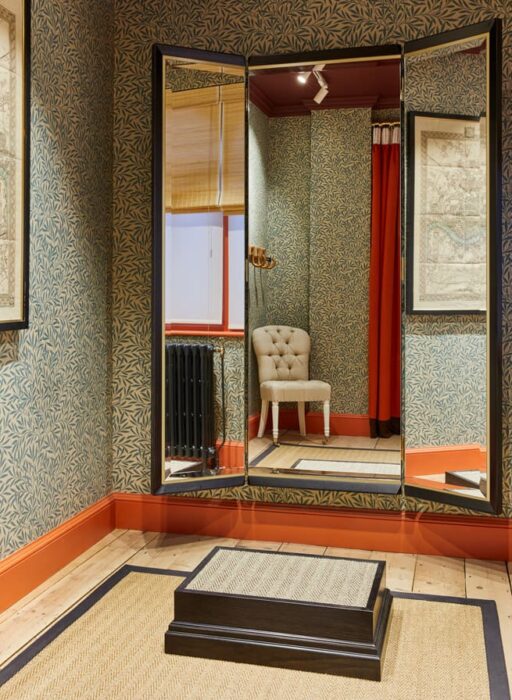
Hackett, Savile Row
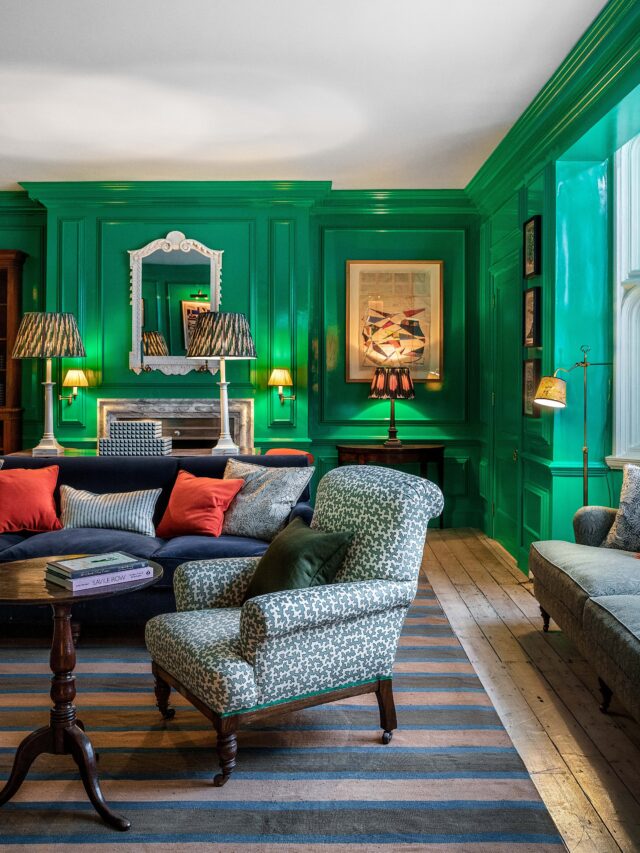
Italians may be famous for their ‘sprezzatura’ way of dressing, but these days it is the English, says Hackett, that have perfected that supposedly carelessly-elegant aesthetic. “We are a little freer,” says Hackett. “A little more at ease with how we dress. The other day I was with David Hockney, who is perhaps the embodiment of that look, he always looks thrown together but always looks brilliant. He came into the shop years ago and did a little doodle on a Post-It note before he left. Unfortunately I lost it – that could have been my pension.”
Personally, Hackett has far simpler tastes than his eccentric artist friend. “It’s the simple aesthetic of things that I’m really interested in. Watches, for example. I like the look of them but I’ve no idea about all the mechanical stuff. It’s the same with cars. If something has character, if it’s put together well, that’s enough for me.” The details matter, though. “I don’t mean simple as in no character. With any product, there’s a fine line between simple and boring. There has to be something that makes it interesting. But it only needs to be a little touch.”
Sartorial whims have, of course, evolved considerably since Hackett started out 40 years ago. The brand has sold polo shirts since the ’90s – adopted as much by football fans as by polo players themselves – and these days sells everything from gilets and puffer jackets to swim shorts and sports holdalls. The company even does a pair of tailored jogging bottoms. Hackett is, however, aware that too much change would be anathema to many of his customers’ traditional sense of ‘national dress’.
When the company dropped its bowler-hat-and-crossed-umbrellas logo a few years ago, for example, a flurry of customer complaints saw the decision quickly reversed. This is, after all, a brand – and Hackett is quick to point out that he hates that word – that people often think is much older than its 40 years.
“Clients are always surprised when I tell them the company wasn’t founded by my grandfather,” he laughs. “Some people have this preconceived idea about the ‘brand’, as they do about me. At home, I’m more likely to be found in a sweater and jeans. Somehow, though, they imagine me sitting there in a smoking jacket, tartan trousers and monogrammed velvet slippers. I suppose you have to live up to the image a little bit – perhaps it’s best that I don’t dispel that picture.” Perhaps.
Visit hackett.com
Read more: Gemma Styles on activism, fast fashion and who you should be following on social media

